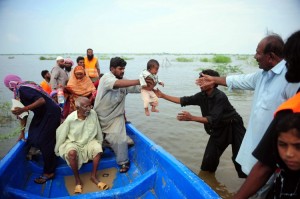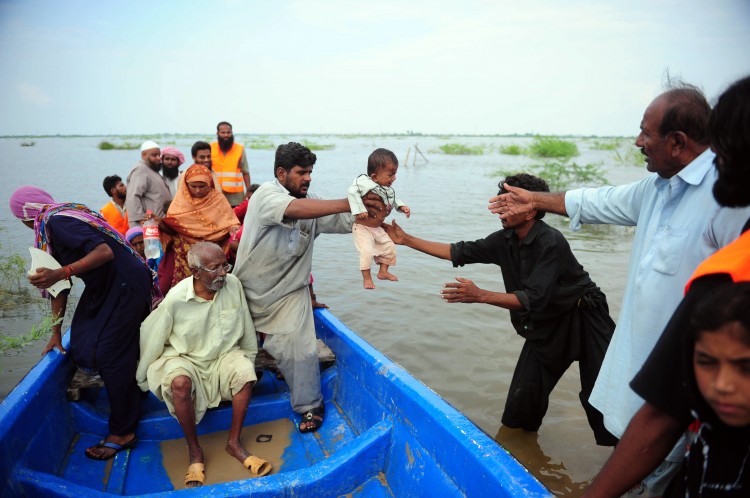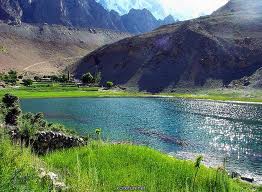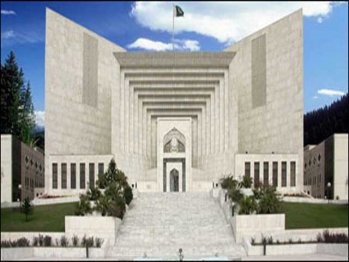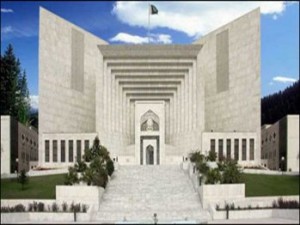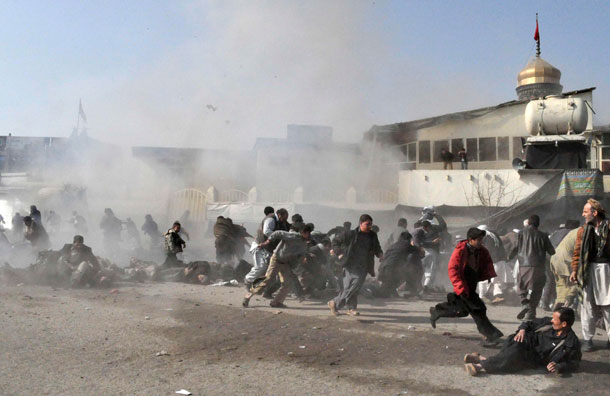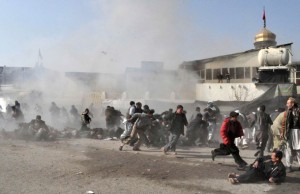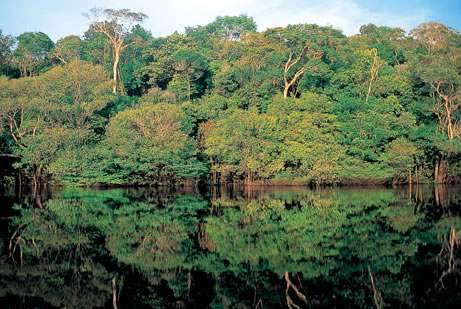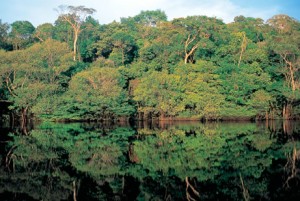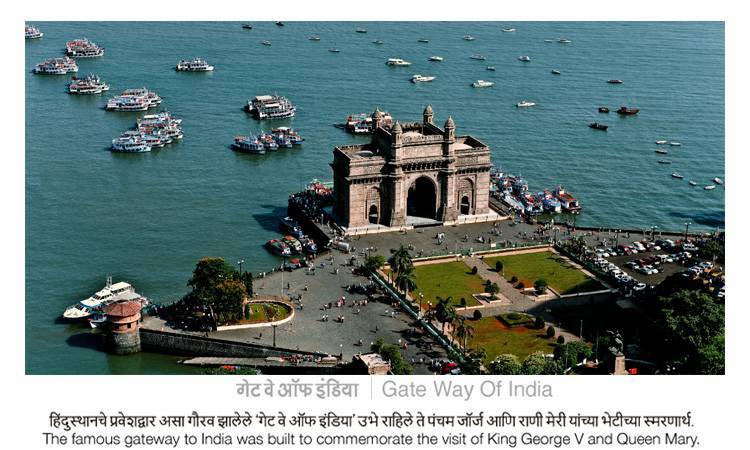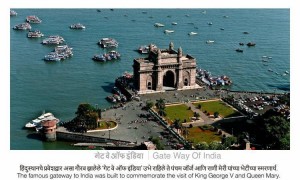 LAHORE: Cosmetics are smuggled by donkey through Afghanistan, chemicals and medicines track through Dubai. But only a fraction of legal trade travels directly from India to Pakistan.
LAHORE: Cosmetics are smuggled by donkey through Afghanistan, chemicals and medicines track through Dubai. But only a fraction of legal trade travels directly from India to Pakistan.
A baffling array of legal and practical barriers to exports between the neighbours has spurned unofficial trade worth up to $10 billion, dwarfing official exchanges of $2.7 billion.
But a recent rapprochement that looks to normalise trading relations between India and Pakistan could end a decades-old system that stifles business and saps profits through networks of middlemen, money changers and smugglers.
A booklet of 1,945 items lists trade allowed to run from India to Pakistan – but only 108 can be trafficked directly by road through the border post at Wagah, near the eastern border city of Lahore.
At old markets in Lahore, traders peddle whitening creams and hair dyes that have journeyed from India to Karachi by sea bound for Afghanistan, before being reloaded and smuggled along the Taliban-hit Hindu Kush to re-enter Pakistan.
Along the way a simple anti-wrinkle cream rises from 75 rupees (85 cents) to 160 rupees ($1.82), while black hair dye doubles from five to 10 rupees.
Tonnes of industrial chemicals and drugs travel into Dubai, where their port of origin is relabelled to hide their Indian provenance before being sent on to Pakistan. The process entails a mark-up of 15-20 percent, say importers.
But 15 years after India granted Pakistan “Most Favoured Nation” status in line with World Trade Organisation rules, Pakistan this month finally agreed to return suit, paving the way for a radical reorganisation of bilateral trade.
Pakistan has pledged to open its market to over 7,000 products from India over the next three months and says India should have MFN status by the end of 2012, a step to removing discriminatory higher pricing and duty tariffs.
The list of nearly 2,000 items allowed for trade is to be replaced by a list of disallowed items, and a second trading post has been opened at Wagah.
Observers say the rapprochement signals a seismic shift from Pakistan’s traditional and strategic antipathy to India, and a deeper economic engagement between the countries that is crucial for lasting peace in the region.
“People who are pro-trade have prevailed. For the first time our strategists are viewing economic security as a significant element of national security,” said Abid Hussein, who teaches trade policy at Lahore University of Management Science.
The IMF, which failed to agree a loan package for Pakistan this year amid stalemate on economic reforms, says that GDP growth for the current fiscal year is unlikely to top 3.5 per cent, compared with more than double that for regional superpower India.
But the Pakistan Business Council estimates that enhanced bilateral trade could bump its growth rate by 1-2 per cent. Experts predict $1.5-2 billion could be saved by routing imports directly into India and its 1.2 billion consumers.
Barriers remain, however. Businessmen want to see more land access open up along the 1,800-mile (2,880-kilometre) border, along with more options for air.
On the Indian side of Wagah, only two trucks can be loaded and unloaded at a time, hampering a burgeoning export trade in gypsum and dried dates.
Official figures show that while 4,000 metric tonnes of goods can come into Pakistan on up to 200 trucks per day, only 500 tonnes can leave in 70 trucks.
Overall land trade last year totalled 21 billion rupees in exports compared to 1.33 billion rupees in imports.
For businessmen, their biggest problem is not being able to travel freely.
“I want to export this item to India but I cannot go and cannot market my product. Visa is the main hurdle,” said Aftab Ahmed Vohna, who sits on the Pakistan-India standing committee for the Lahore Chamber of Commerce.
But powerful lobbies remain unconvinced that the hostilities that have led to three wars since independence can melt away.
Hundreds of activists in Pakistani-administered Kashmir on Friday demonstrated against improving trade, and leaders in industries likely to lose out to open competition with India are loudly demanding an opt-out.
They point to India’s protectionist policies in sectors such as agriculture, where exporters pay a 37 per cent tariff instead of the standard 13 per cent.
They fear that Pakistan will be flooded with cheaper Indian goods, strangling domestic business, although Vohna points out that free trade with India’s big rival and Pakistan’s close ally China has failed to do so.
“The main difference between India and China is confidence,” said Vohna.
“Every person argues with me that Indian goods will close our factories. I tell them if Chinese cheap goods cannot close our factories, India’s will not.”
